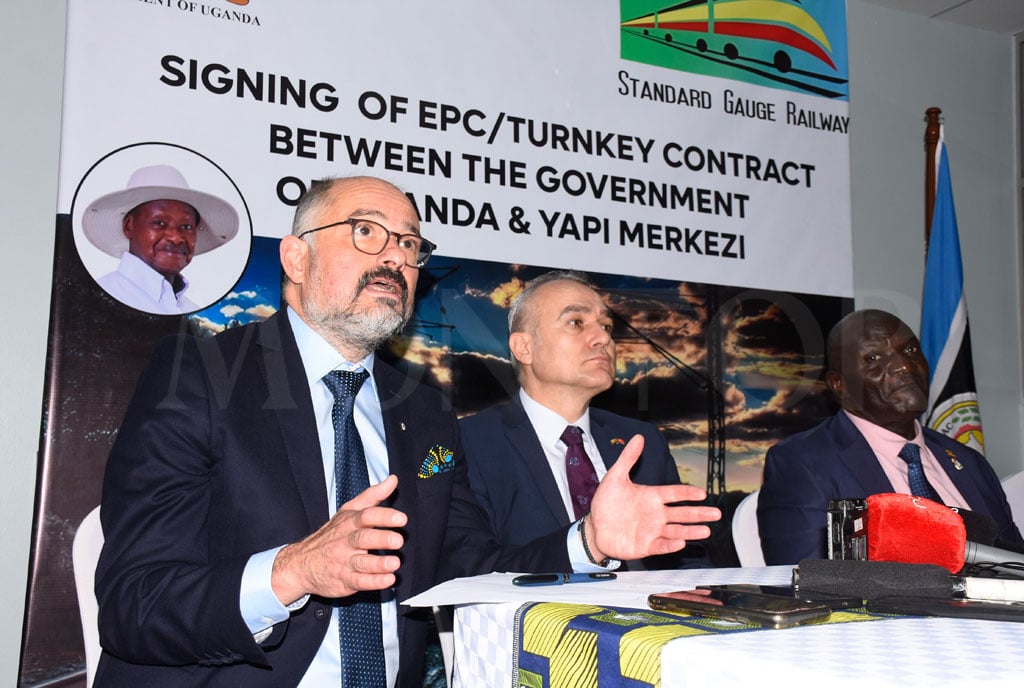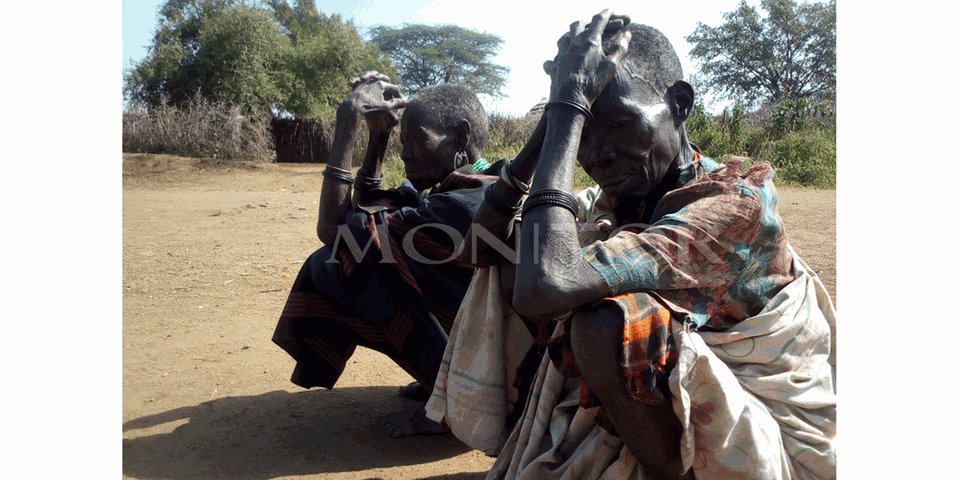Shield SGR project from corruption, bureaucracy

Workers lay tracks for the SGR Phase 2A in Narok, Kenya, on August 1, 2018. The construction of the SGR from the eastern border of Malaba to Kampala is set to start before the end of the year. PHOTO/NMG
What you need to know:
- Previous attempts to reform the industry have been greeted with displeasure principally because the government appeared intent on managing decline
The announcement that Uganda will, next month, belatedly commence construction of its leg of the much-vaunted Standard Gauge Railway (SGR) has unsurprisingly been warmly greeted.
The Malaba-Kampala section headlines a number of SGR lines, including the northern line from Tororo-Gulu-Nimule at the South Sudan border (465km) with a spur from Gulu-Pakwach-Vurra (at the Democratic Republic of the Congo or DRC border, spanning 297km). Others are the western line from Kampala-Bihanga-Kasese-Mpondwe (via the DRC border), with spur to Hima Cement (383km); and southern line from Bihanga-Mirama hills (via the Rwanda border), with a spur to Muko (280km).
The government has taken out a €2.7 billion (about Shs10.8 trillion) loan from Citibank to bankroll the first phase of the project that will be executed by Yapi Merkezi, a Turkish company. The development follows a stop-start journey by the project whose groundbreaking ceremony was in 2013 before running into an almighty derailment despite the best efforts of the China Harbour and Engineering Company Ltd (CHEC). We hope that after all the puffing and wheezing, the rail industry in Uganda can finally turn the proverbial corner. And, with any luck, stop making headlines for all the wrong reasons.
Previous attempts to reform the industry have been greeted with displeasure principally because the government appeared intent on managing decline. The flagging fortunes of the century-old metre-gauge railway best capture how a shortsighted strategy has often been met with scepticism. The most recent episode was when the much-maligned Uganda Railways Corporation tried, unsuccessfully it must be added, to make a big deal out of reviving train passenger services. This only succeeded in making a mockery of the government’s levelling up ambitions.
The rejuvenation of the SGR project, however, spawns an entirely different ball game. State actors have described the step taken after Yapi Merkezi signed on the dotted line as a “game changer.” Our hope is that it will be this and more. But for this to be actualised, a lot of work will have to be done. Online responses to Monday’s milestone pretty much tell the story. Following the sorry sequence that past transport infrastructure projects have attracted, the default position of Uganda’s residents is couched in wariness. People in Uganda are both cautious and tired of the hydras of corruption and bureaucracy. Both seem to feed off each other and have shown a disposition to gravitate towards projects such as the SGR.
Besides tamper-proofing the SGR project against the twin vices of corruption and bureaucracy, the government should also be intentional about avoiding actions that will grievously undermine industry morale and risk a spiral of decline once the project is completed in 48 months. We have seen elsewhere how a blinkered determination to have an economic model dependent on business travel has reaped the whirlwind.
State actors have to do their homework to ensure that the taxpayer ends up getting value for money. This will mean avoiding buying into sweeping generalisations and guesswork. Short of that, the government will only succeed in grinding a good idea into the dirt.




